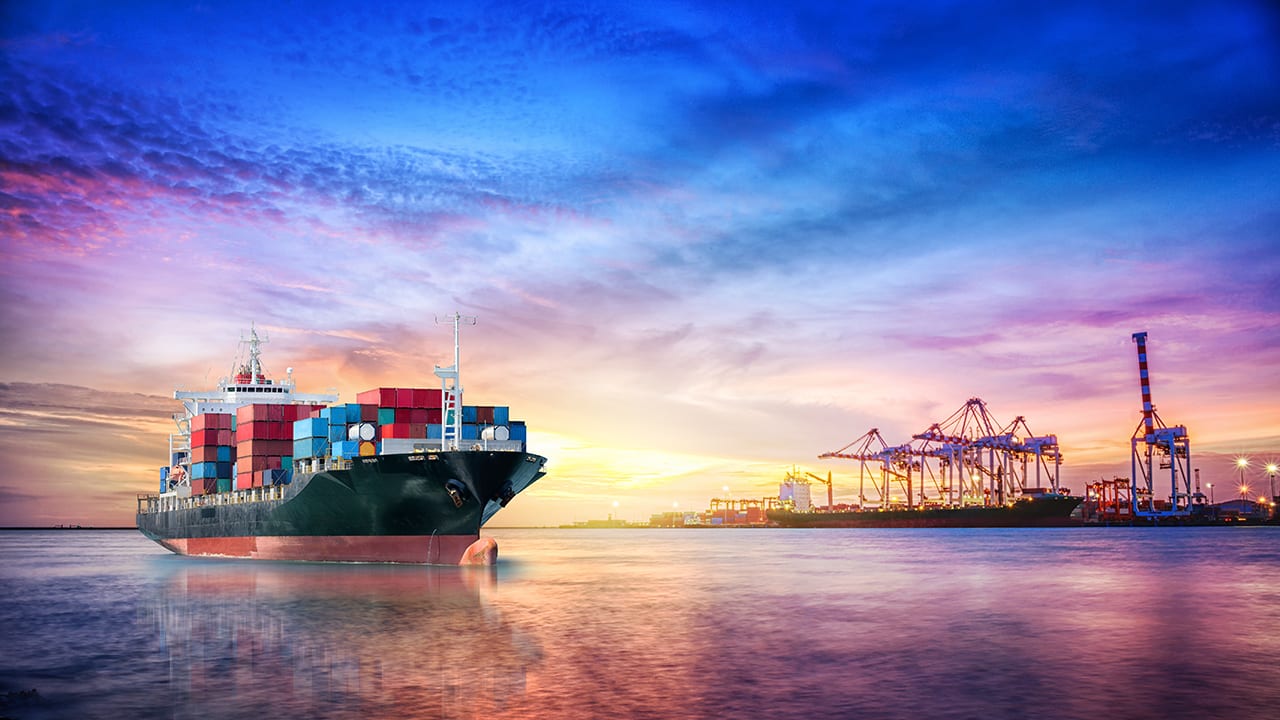In an increasingly interconnected world, the choice of transport mode has profound implications for efficiency, sustainability, and economic viability. With a plethora of options available—ranging from traditional vehicles to emerging technologies—deciding which transport is best requires a nuanced understanding of various factors. This article delves into the intricacies of different transport modes, evaluating their advantages and disadvantages to provide a well-rounded perspective on the optimal choice for diverse needs.
Understanding Transport Modes
Transport can be broadly categorized into several modes: road, rail, air, maritime, and emerging technologies such as electric vehicles (EVs) and drones. Each mode has its unique characteristics, making it suitable for specific applications.
- Road Transport:
- Advantages: Flexibility and accessibility are the hallmarks of road transport. It allows for door-to-door service, making it ideal for short to medium distances. The infrastructure for road transport is well-established in most regions, facilitating easy access.
- Disadvantages: However, road transport is often plagued by traffic congestion, higher greenhouse gas emissions, and increased accident rates. The reliance on fossil fuels also raises concerns about sustainability.
- Rail Transport:
- Advantages: Rail transport is known for its efficiency in moving large volumes of goods over long distances. It is generally more environmentally friendly than road transport, with lower emissions per ton-mile. Additionally, rail networks can alleviate road congestion.
- Disadvantages: The initial investment in rail infrastructure can be substantial, and its inflexibility in terms of routes can be a drawback. Moreover, rail transport is not suitable for all types of cargo, particularly perishable goods that require quick delivery.
- Air Transport:
- Advantages: Air transport is unparalleled in speed, making it the best choice for time-sensitive deliveries. It connects remote areas and facilitates international trade, significantly reducing transit times.
- Disadvantages: The environmental impact of air transport is considerable, with high carbon emissions per passenger or ton of cargo. Additionally, the costs associated with air freight can be prohibitive for many businesses.
- Maritime Transport:
- Advantages: Maritime transport is the backbone of global trade, capable of moving vast quantities of goods at a relatively low cost. It is particularly effective for bulk commodities and has a lower environmental impact per ton-mile compared to road and air transport.
- Disadvantages: The downside includes longer transit times and potential delays due to weather conditions. Port congestion can also hinder efficiency.
- Emerging Technologies:
- Electric Vehicles (EVs): With the rise of EVs, road transport is undergoing a transformation. EVs offer a sustainable alternative to traditional vehicles, reducing emissions and dependence on fossil fuels. However, the infrastructure for charging stations is still developing.
- Drones: Drones are emerging as a viable option for last-mile delivery, particularly in urban areas. They can bypass traffic and reduce delivery times. However, regulatory challenges and airspace management remain significant hurdles.
Factors Influencing the Choice of Transport
When determining which transport mode is best, several factors must be considered:
- Cost: The total cost of transport includes not only the direct expenses (fuel, maintenance, labor) but also indirect costs such as delays and inventory holding.
- Speed: The urgency of the shipment plays a crucial role. For time-sensitive goods, air transport may be necessary, while bulk shipments may be more cost-effective via rail or sea.
- Environmental Impact: As sustainability becomes a priority for consumers and businesses alike, the carbon footprint of each transport mode is increasingly scrutinized. Companies are now seeking greener alternatives to align with corporate social responsibility goals.
- Cargo Type: The nature of the goods being transported is critical. Perishable items may necessitate faster transport, while durable goods can afford longer transit times.
- Geographical Considerations: The infrastructure available in a given region can dictate the most feasible transport options. For instance, remote areas may rely heavily on air or maritime transport due to a lack of road or rail access.
Conclusion: The Best Transport Mode for You
Ultimately, the question of which transport is best cannot be answered with a one-size-fits-all solution. It requires a careful analysis of the specific needs of the shipment, the characteristics of the transport modes, and the broader context of sustainability and cost-effectiveness.
For businesses, a hybrid approach that leverages multiple transport modes may often yield the best results, optimizing efficiency while minimizing environmental impact. As technology continues to evolve, the landscape of transport will undoubtedly change, offering new solutions that could redefine what best means in the context of transport.
In conclusion, the best transport mode is one that aligns with your specific requirements, balancing speed, cost, and environmental considerations. By understanding the strengths and weaknesses of each option, stakeholders can make informed decisions that not only meet their logistical needs but also contribute to a more sustainable future.

